Let’s talk about mood boards. Some designers include mood boards in their process, some don’t. Personally, I’m a huge fan, and here’s why I believe that creating a mood board is the most important step within the branding process.
Sometimes words just aren’t enough, and you need visuals to translate your ideas. A mood board can be a valuable resource throughout a design project, and help keep the brand style and aesthetic consistent and aligned with a client’s goals and expectations. It also provides you with a starting point for your brand development, an essential tool when creating consistency and cohesiveness within a brand.
Various elements make up a well-organized mood board can consist of:
Typography and fonts
Textures and patterns
Images and photography
Colour palette
What is a mood board?
If you’re wondering what mood board or inspiration board actually is, it’s a curated collection of images that are used to help evoke specific emotion and share the potential style direction of a branding project. Finding images that give rise to these specific feelings or create a general style are just as important as including particular fonts, colours, and design elements. Mood boards are time-consuming and not about just picking pretty images. All images selected are specifically chosen and tie back to the brand strategy. It is the most efficient way to share a client's vision and transform it into something tangible throughout the design process. Design taste can be a matter of personal preferences, and as such, it can be highly subjective. When pulling together a concept for a brand, you need to be sure your vision matches the owners. Mood boards empower clients to get involved in all stages of the process and at the same time encourage a positive alignment between you and your client.
What makes mood boards an essential part of the design process?
Mood boards are the first visualization of a client’s vision, it sets up the visual direction for the brand, guides the creative processes, balance coordination, and creative freedom and ensuring that the following work is seamless and compliments the essence of the brand.
Although a mood board creates visual direction from the very beginning of the branding process, it does not end there. We often refer back to the mood board, using it as a constant reference point throughout the branding process. Whether it is to inspire, or simply to ensure the design is still cohesive with that of the mood board. It is also used as a guide when creating the rest of the branding collateral, ensuring all visuals and brand elements are consistent. There are plenty of ways to keep track of this as your branding develops and grows. For instance, consider if your mood board aligns with your Instagram feed. If it does not, you may be heading in the wrong direction.
For a lot of entrepreneurs and small business owners, there can be a disconnect between the incredible vision they have in their heads and what they have been able to outwardly present, especially if they’re not naturally visual people themselves. The reason I do what I do is to visualize my client’s visions, starting with a strong visual foundation.
Interested in learning more about creating a mood board and how it can help set a solid visual foundation for your brand or business? Send me a note at hello@stylescapecreative.com I’d love to hear from you!


